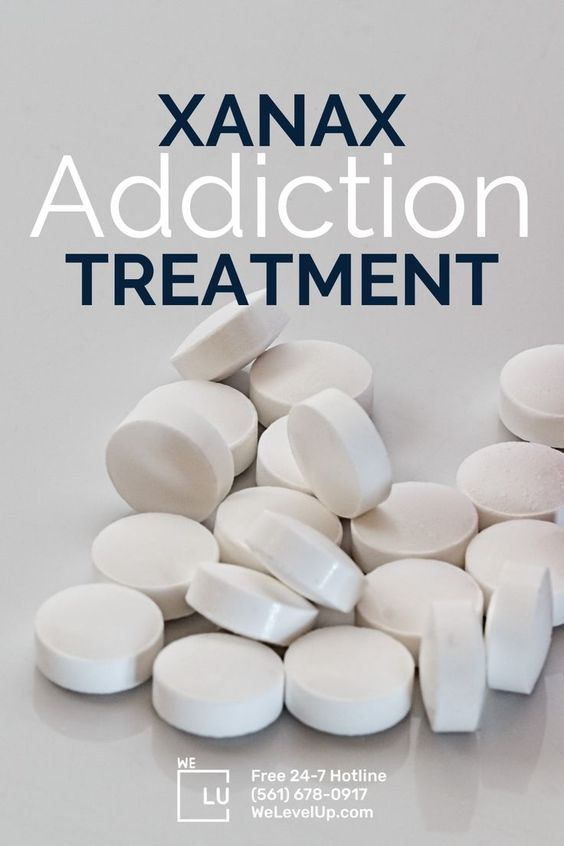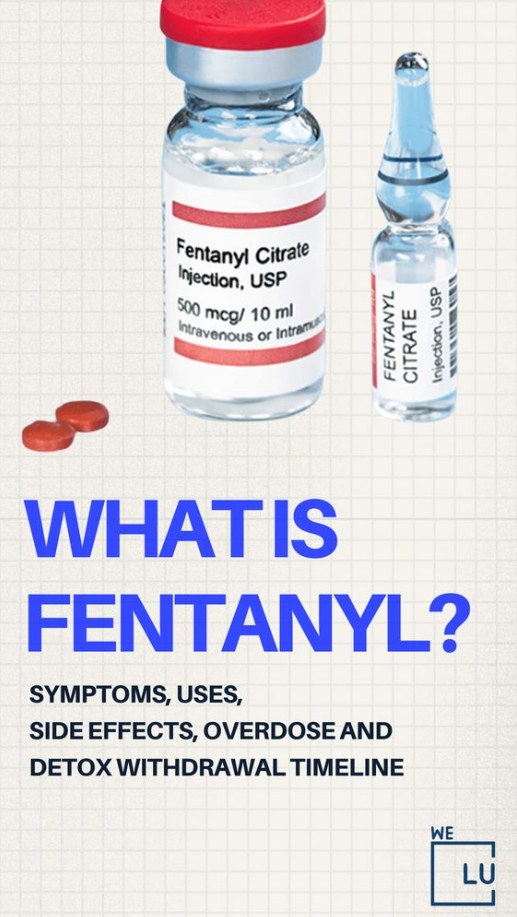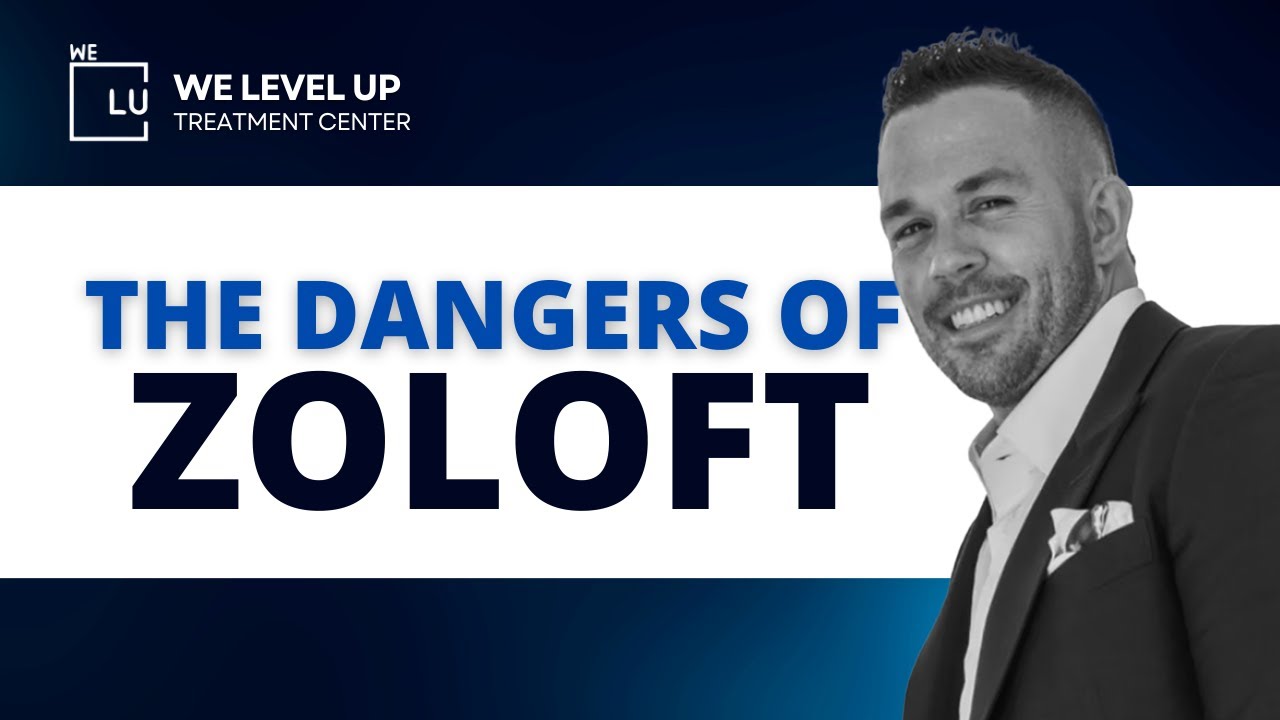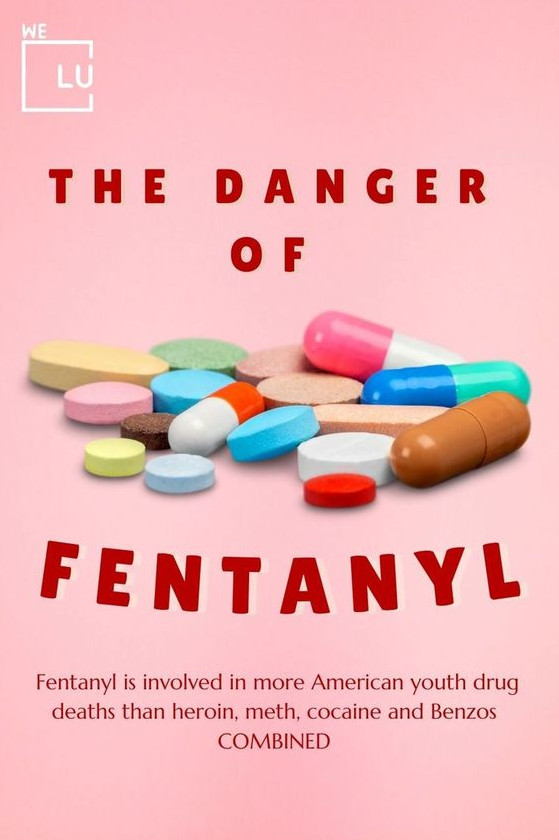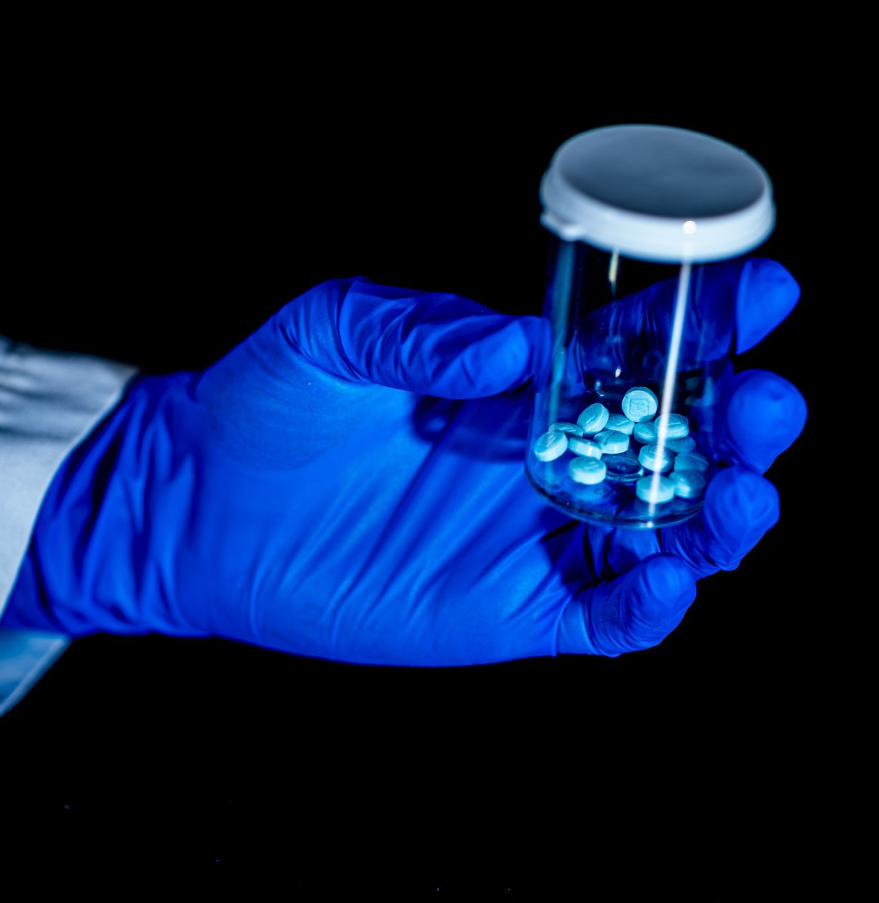The country has been dealing with a devastating opioid crisis in recent years, with opioids accounting for nearly 75% of overdose deaths in 2020, resulting in almost 69,000 deaths in that year alone. These deaths are caused by both illegal opioids and prescription medications such as morphine. While these powerful painkillers are initially prescribed to relieve severe pain, they frequently lead to crippling addiction.
Aside from the difficulties of addiction, the process of Morphine withdrawal and detox can be complex. While deciding to stop using morphine is a positive step, the early stages of recovery can be challenging. Withdrawal symptoms, which can be uncomfortable and frightening, require seeking help from specialized facilities to detox safely and effectively.
If you or someone you know is suffering from Morphine withdrawal symptoms, We Level Up Treatment Centers can help. Speak with our hotline specialists and discover the support and professional-accredited addiction treatment programs we offer.
What is Morphine Withdrawal?
Morphine, classified as an opiate, has high addiction potential. It’s usually safe when taken in small doses as a doctor prescribes. However, misuse or taking large doses of Morphine can lead to rapid development of physical and psychological addiction.
Abusing Morphine triggers the brain’s reward system, encouraging repeated use, often resulting in tolerance and dependence. Dependence causes the user to rely on Morphine to feel normal. Stopping usage leads to withdrawal symptoms as the brain readjusts.
Withdrawal from Morphine resembles those of the flu and causes physical and mental discomfort. The duration and severity of these symptoms vary among individuals.
How Long Do Morphine Withdrawals Last?
The duration of Morphine withdrawal varies from person to person. Withdrawal symptoms may start within 6 hours after the last dose. Physical symptoms resembling flu-like conditions often persist for about 3 to 5 days.
However, psychological symptoms termed Post-Acute Withdrawal Symptoms (PAWS) may endure for weeks. These can include anxiety, depression, irritability, mood swings, reduced energy, difficulty concentrating, and sleep disturbances.
| Morphine Withdrawal Timeline | Symptoms |
|---|---|
| First 6-14 hours | Symptoms begin, including anxiety, mood swings, and drug cravings. |
| 15-48 hours | Flu-like symptoms emerge: sweating, chills, muscle aches, fever, runny nose. Users may experience sleep disturbances, rapid heartbeat, irritability, and nausea/vomiting. |
| Days 3-10 | Symptoms peak on day 4 and start to diminish. Physical symptoms such as muscle aches and nausea decrease. Psychological symptoms often persist. |
| Days 10+ | Physical symptoms subside, but post-acute withdrawal symptoms (PAWS) like anxiety, irritability, depression, and drug cravings can last for weeks or months. |
Morphine Withdrawal Symptoms
Withdrawal from Morphine can be highly uncomfortable, particularly for heavy users. The severity of symptoms varies depending on factors like the user’s tolerance, overall health, metabolism, and the duration of drug use. Those who take high doses over a prolonged period usually experience more intense symptoms.
Common Morphine withdrawal symptoms:
- Runny nose.
- Watery eyes.
- Fever.
- Vomiting.
- Nausea.
- Headaches.
- Sweating.
- Chills.
- Muscle aches.
- Diarrhea.
- Increased blood pressure.
- Agitation.
- Anxiety.
- Depression.
- Disorientation.
- Insomnia.
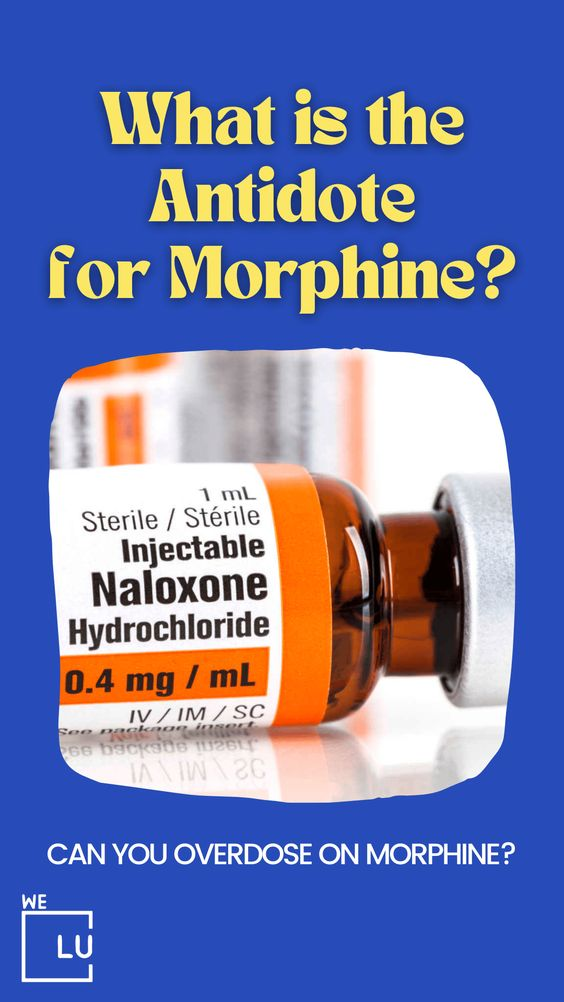
Skip To:
Learn More:
- How Long Does Morphine Stay in Your System?
- Morphine Addiction Signs, Symptoms, And Treatment
- Opiate Withdrawal
- Opioid Withdrawal Timeline
- Opioid Withdrawal Symptoms
- Fentanyl Detox Timeline and Withdrawal Symptoms
- Fentanyl Detox Timeline and Withdrawal Symptoms
- How Strong is Fentanyl? Fentanyl vs Other Opioids
- What is a Lethal Dose of Fentanyl? Deadly Fentanyl Dose Warnings
- What Is Fentanyl?
- Fentanyl Withdrawal
- Hydrocodone vs Oxycodone, Unveiling The Differences
Dehydration, which can be fatal, may result from many of these symptoms. Temperature swings can also hinder seeking treatment, although medications can alleviate withdrawal discomfort. While Morphine withdrawal symptoms aren’t typically life-threatening, they can be highly intense.
The discomfort of withdrawal sometimes leads users to relapse. A Morphine treatment program with medical detox can assist users through the withdrawal process, reducing the likelihood of relapse.
Get Help. Get Better. Get Your Life Back.
Searching for Accredited Drug and Alcohol Rehab Centers Near You? We Level Up Texas Is Opening Soon!
Even if you have failed previously and relapsed, or are in the middle of a difficult crisis, we stand ready to support you. Our trusted behavioral health specialists will not give up on you. When you feel ready or just want someone to speak to about therapy alternatives to change your life call us. Even if we cannot assist you, we will lead you to wherever you can get support. There is no obligation. Call our network hotline today.
FREE Addiction Hotline – Call 24/7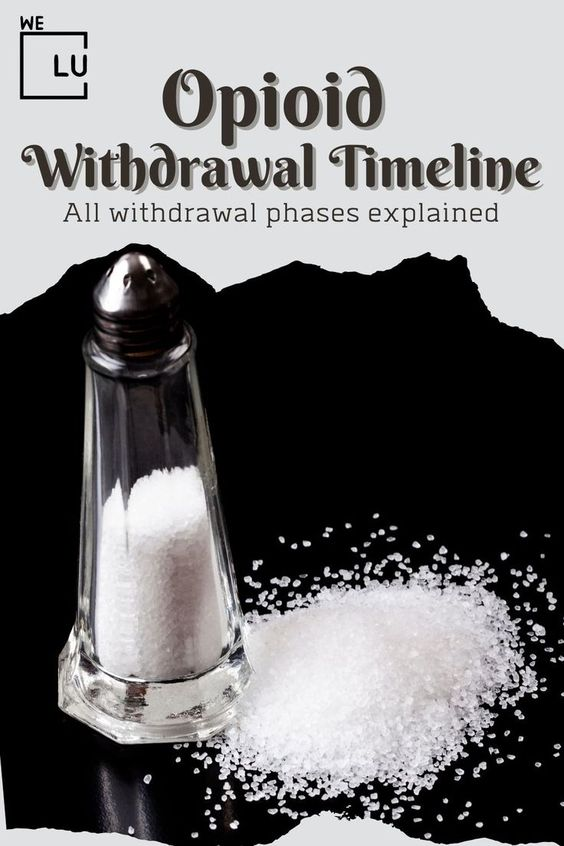
How Long Does Detox Last?
The duration of detoxification (detox) from morphine can vary widely from person to person and depends on various factors, including the individual’s overall health, the extent of morphine use, the duration of use, and the specific detox protocol being used. Here are some general timelines for morphine detox:
- Acute Withdrawal Phase: The acute withdrawal phase, where the most intense symptoms occur, typically lasts for the first few days after discontinuing morphine. During this phase, individuals may experience symptoms such as nausea, vomiting, diarrhea, muscle aches, and anxiety.
- Short-Term Detox Programs: Short-term detox programs, which are often inpatient or intensive outpatient programs, may last for about a week. These programs focus on managing acute withdrawal symptoms and providing medical supervision during this critical period.
- Tapering Programs: Detoxification may take longer if a tapering approach is used. Tapering involves gradually reducing the morphine dosage over an extended period, which can help minimize the intensity of withdrawal symptoms. Depending on the individual’s needs and the prescribed taper schedule, tapering programs may last several weeks to months.
- Medication-Assisted Treatment (MAT): Medication-assisted treatment, which may involve the use of medications like buprenorphine or methadone, can extend beyond the acute withdrawal phase. MAT is often part of a more extended treatment plan and may continue for an extended period to support recovery and prevent relapse.
- Post-Acute Withdrawal Syndrome (PAWS): Some individuals may experience lingering symptoms known as Post-Acute Withdrawal Syndrome (PAWS). These symptoms, which can include mood swings, anxiety, and sleep disturbances, may persist for weeks or months after the acute withdrawal phase.
Get Help. Get Better. Get Your Life Back.
Searching for Accredited Drug and Alcohol Rehab Centers Near You? We Level Up Texas Is Opening Soon!
Even if you have failed previously and relapsed, or are in the middle of a difficult crisis, we stand ready to support you. Our trusted behavioral health specialists will not give up on you. When you feel ready or just want someone to speak to about therapy alternatives to change your life call us. Even if we cannot assist you, we will lead you to wherever you can get support. There is no obligation. Call our network hotline today.
FREE Addiction Hotline – Call 24/7Challenges Of Morphine Withdrawal
Morphine withdrawal can be challenging, and there are potential risks associated with the process. Individuals considering withdrawal from morphine to be aware of these risks and seek professional guidance for a safe and supportive experience. Some of the challenges of morphine withdrawal include:
- Severe Withdrawal Symptoms: Withdrawal from morphine can produce intense physical and psychological symptoms, such as nausea, vomiting, diarrhea, muscle aches, anxiety, and insomnia. These symptoms can be overwhelming and may lead to complications if not managed appropriately.
- Dehydration and Nutritional Deficiencies: Symptoms like vomiting and diarrhea during withdrawal can lead to dehydration and nutritional deficiencies. Stay hydrated and maintain proper nutrition during withdrawal to support overall health.
- Medical Complications: In some cases, pre-existing medical conditions may be exacerbated during withdrawal. Individuals with certain medical conditions should undergo withdrawal under medical supervision to address any potential complications.
- Psychological Distress: Withdrawal from morphine can cause significant psychological distress, including anxiety, depression, and mood swings. Individuals with a history of mental health issues may be at an increased risk of experiencing exacerbations of these symptoms during withdrawal.
- Relapse Risk: The intense cravings and discomfort associated with withdrawal can increase the risk of relapse. Without proper support and coping strategies, individuals may be tempted to return to morphine use to alleviate withdrawal symptoms.
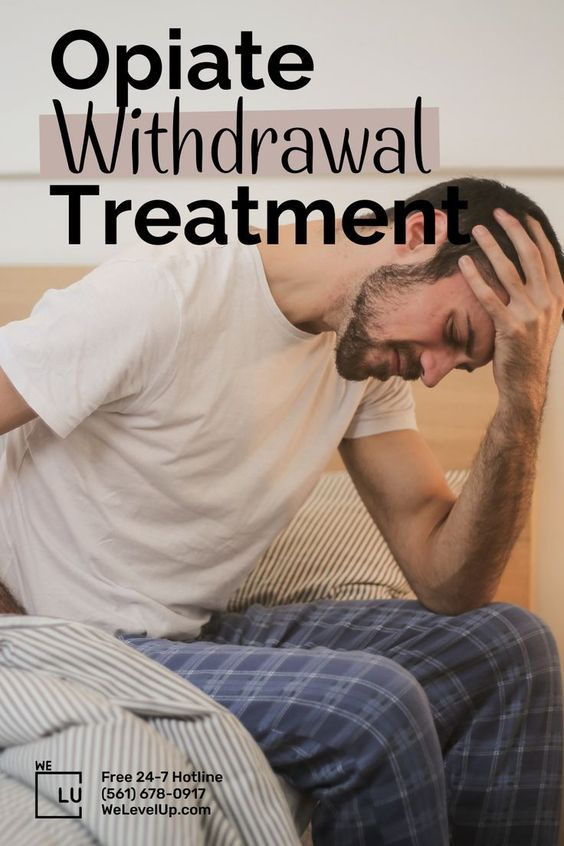
- Post-Acute Withdrawal Syndrome (PAWS): Some individuals may experience lingering symptoms known as Post-Acute Withdrawal Syndrome (PAWS). These symptoms, which can include mood swings, anxiety, and sleep disturbances, may persist for an extended period and pose challenges to ongoing recovery.
- Social and Environmental Factors: Withdrawal from morphine may be accompanied by social and environmental challenges, including strained relationships, employment issues, and legal problems. These factors can contribute to stress and complicate the recovery process.
Start a New Life
Begin with a free call to an addiction & behavioral health treatment advisor. Learn more about our dual-diagnosis programs. The We Level Up treatment center network delivers recovery programs that vary by each treatment facility. Call to learn more.
- Personalized Care
- Caring Accountable Staff
- World-class Amenities
- Licensed & Accredited
- Renowned w/ 100s 5-Star Reviews
We’ll Call You
How Opioids Affect the Body
Opioids adhere to specific receptors in the brain, spinal cord, and digestive system, exerting their effects when attached to these receptors.
The brain naturally produces its opioids, which are responsible for various effects such as reducing pain, regulating respiratory rate, and even alleviating feelings of depression and anxiety.
However, the body’s natural production of opioids isn’t sufficient to address severe pain like that from a broken leg. Additionally, the body doesn’t generate opioids in quantities that would lead to an overdose. Opioid medications and recreational drugs replicate these naturally occurring opioids.
These drugs can affect the body in several ways:
- They may impact the brainstem, regulating functions like breathing and heart rate, potentially slowing breathing or suppressing coughing.
- They might act on specific brain areas, like the limbic system controlling emotions, causing feelings of pleasure or relaxation.
- Opioids reduce pain by affecting the spinal cord and transmitting messages between the brain and the body.
Causes of Opioid Withdrawal
Long-term opioid use results in the body becoming less responsive to the drug’s effects. With time, more of the drug is needed to achieve the same impact, raising the risk of accidental overdose.
Extended use alters nerve receptor function in the brain, leading to dependence on the drug for these receptors to operate.
If stopping opioid medication causes physical illness, it may suggest physical dependency on the substance. Withdrawal symptoms are the body’s reaction to the absence of the drug.
Many individuals become reliant on these drugs to evade pain or withdrawal symptoms. Sometimes, people don’t recognize they’ve developed a dependence, mistaking withdrawal for flu-like symptoms or another ailment.
Morphine Addiction – Related Statistics
Despite declining prescription rates, opioid overdose deaths remain a significant public health concern. Many opioid-related deaths are attributed to the misuse of prescription opioids or illicit opioids, such as heroin and fentanyl. Unfortunately, Norco hydrocodone is included in the problem.
There is a need for increased access to evidence-based treatments for opioid use disorder, such as medication-assisted treatment (MAT) and behavioral therapies, to address the addiction crisis effectively.
1.6 Million
An estimated 1.6 million people in the US were reported to have opioid use disorder in 2019, indicating a diagnosed addiction to opioids.
Source: NCBI
70%
In 2020, over 69,000 drug overdose deaths in the US, and approximately 70% involved opioids.
Source: CDC
18%
In 2019, only about 18% of people with opioid use disorder received specialty treatment for their addiction.
Source: NSDUH
Bioavailability
Bioavailability refers to the extent and rate at which a drug or substance is absorbed into the bloodstream or becomes available at the site of action after administration. It measures the amount of the administered dose that enters the systemic circulation and can produce an effect.
Opening Soon! First-Class Facilities & Amenities
World-Class High-Quality Addiction & Mental Health Rehabilitation Treatment
Coming Soon! Rehab Centers TourRenowned Addiction Centers. Serene Private Facilities. Inpatient Rehab Programs Vary.
FREE Addiction Hotline – Call 24/7Proven recovery success experience, backed by a Team with History of:
- 15+ Years Experience
- 100s of 5-Star Reviews
- 10K+ Recovery Successes
- Low Patient to Therapist Ratio
- Onsite Medical Detox Center
- Comprehensive Dual-Diagnosis Treatment
- Complimentary Family & Alumni Programs
- Coaching, Recovery & Personal Development Events
Morphine Withdrawal Detox
Detoxifying from Morphine can be an uncomfortable process due to the range of physical and mental symptoms that define Morphine withdrawal. To ease the intensity of these symptoms, individuals are encouraged to undergo a medical detox program.
During medical detox, doctors oversee the individual’s health and create a tailored treatment approach to remove the drug from their system. The method of quitting, either abruptly stopping (“cold turkey”) or gradually reducing the dosage (tapering), is determined based on the person’s specific needs. Tapering off is often preferred as it typically results in milder withdrawal symptoms.
Medication-assisted treatment (MAT) involving drugs like Naltrexone or Buprenorphine (Suboxone) can be employed to alleviate the discomfort of withdrawal. Methadone, a less potent opioid, might also be used as a substitute during the detox process.
Once the detox phase concludes, their physician assesses the individual’s health to determine readiness for discharge. If detox takes place in a treatment facility, the following steps often involve counseling and therapy to address the psychological aspects of their Morphine addiction. For those detoxing in a hospital or clinic setting, the subsequent phase may involve enrolling in an inpatient rehabilitation program or outpatient addiction treatment.
Morphine Addiction Treatment
Upon completing detox, individuals may undergo various therapies and treatments as part of an extensive treatment plan. Rehab after detox is crucial for addressing underlying addiction causes. Rehab occurs in different settings:
- Residential or Inpatient Rehab: This involves residing onsite throughout treatment, receiving constant care, and participating in diverse therapies. Suited for severe addiction cases or those lacking supportive home environments.
- Outpatient Rehab: Requires traveling to the facility for treatment and returning home afterward. Suitable for individuals with supportive environments and reliable transportation.
Ongoing medication maintenance is integral for maintaining sobriety and averting relapse. Medications like methadone, buprenorphine, or naltrexone may be part of this maintenance. Naltrexone, functioning as an opioid antagonist, blocks opioid effects, preventing highs if opioids are used again.
Treatment for opioid use disorder encompasses diverse therapies and supports:
- Counseling: Addresses addiction-related issues.
- Behavioral Therapies: Cognitive-behavioral therapy (CBT), contingency management (CM), or motivational interviewing foster positive behavioral changes.
- Family Therapy: Repairs relationships affected by addiction.
- Vocational Training: Assists in employment post-rehab.
- Case Management: Aids with social services such as securing basic needs and legal aid, allowing individuals to focus on recovery.
Aftercare is essential for ongoing recovery. Post-treatment, participating in individual counseling, mindfulness-based relapse prevention (MBRP), attending support groups like Narcotics Anonymous (NA), utilizing recovery apps, or engaging in recovery management checkups with treatment providers are beneficial.
Comprehensive treatment should address substance use and associated medical, psychological, social, vocational, and legal issues tailored to individual needs.
Why Choose We Level Up Treatment Center?
At We Level Up Treatment Center, our dedicated team of professionals is committed to guiding you through every step of your recovery journey. We prioritize your well-being and provide a nurturing environment conducive to healing and growth.
Take the first step towards recovery today. Contact us to begin your journey to a drug-free life. You don’t have to face addiction alone—we are here to help you reclaim control and achieve lasting sobriety.
Start a New Life
Begin with a free call to an addiction & behavioral health treatment advisor. Learn more about our dual-diagnosis programs. The We Level Up treatment center network delivers recovery programs that vary by each treatment facility. Call to learn more.
- Personalized Care
- Caring Accountable Staff
- World-class Amenities
- Licensed & Accredited
- Renowned w/ 100s 5-Star Reviews
We’ll Call You
How Long Do Opiates Stay in Your System?
Search We Level Up TX Morphine Withdrawal Symptoms, Timeline, and Detox Treatment How & When To Take Tramadol Treatment Topics & Resources
Sources
- Buprenorphine: Drug Safety Communication – FDA warns about dental problems with buprenorphine medicines dissolved in the mouth to treat opioid use disorder and pain. (2022). morphine withdrawal symptoms
- https://www.fda.gov/safety/medical-product-safety-information/buprenorphine-drug-safety-communication-fda-warns-about-dental-problems-buprenorphine-medicines morphine withdrawal symptoms
- Clinical opiate withdrawal scale. (2011).
http://www.naabt.org/documents/cows_induction_flow_sheet.pdf morphine withdrawal symptoms - Jansson LM, et al. (2019). Neonatal abstinence syndrome.
https://www.ncbi.nlm.nih.gov/pmc/articles/PMC7605356/ morphine withdrawal symptoms - Key substance use and mental health indicators in the United States: Results from the 2019 national survey on drug use and health. (2019).
https://www.samhsa.gov/data/sites/default/files/reports/rpt29393/2019NSDUHFFRPDFWHTML/2019NSDUHFFR1PDFW090120.pdf morphine withdrawal symptoms - Miller NS. (2004). Treatment of dependence on opiate medications.
http://journalofethics.ama-assn.org/2004/01/cprl1-0401.html Morphine withdrawal symptoms - Mind over matter: Opioids. (n.d.).
https://teens.drugabuse.gov/teachers/mind-over-matter/opioids Morphine withdrawal effects - Morgan JR, et al. (2019). Injectable naltrexone, oral naltrexone, and buprenorphine utilization and discontinuation among individuals treated for opioid use disorder in a United States commercially insured population/
https://www.ncbi.nlm.nih.gov/pmc/articles/PMC5750108/ Morphine withdrawal effects - Opioid overdose. (2021).
https://www.who.int/news-room/fact-sheets/detail/opioid-overdose Morphine withdrawal effects - Srivastava AB, et al. (2020). New directions in the treatment of opioid withdrawal.
https://www.ncbi.nlm.nih.gov/pmc/articles/PMC7385662/

